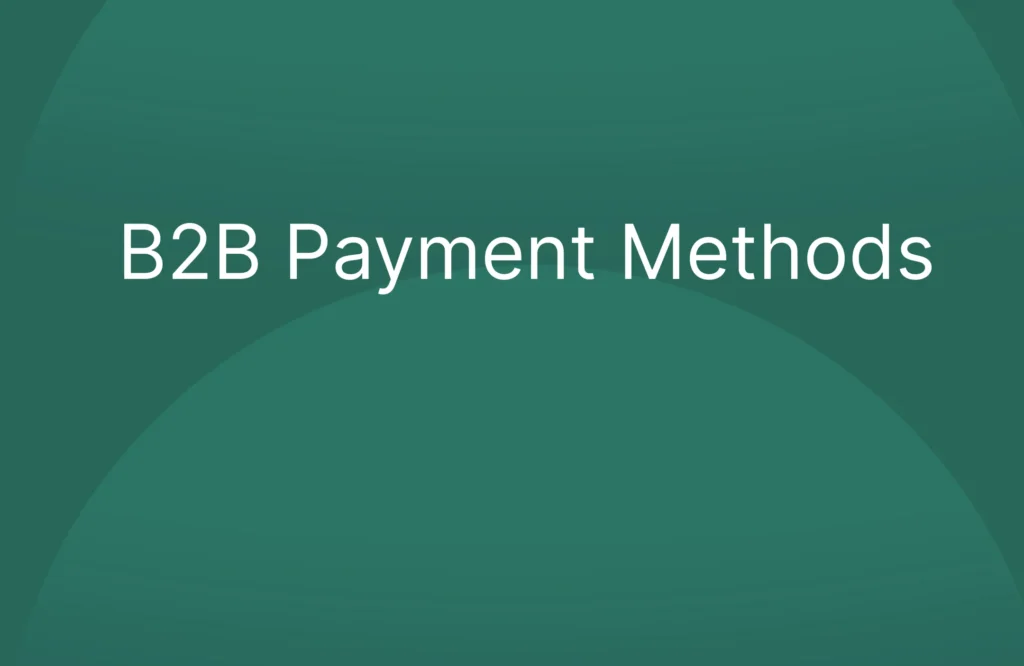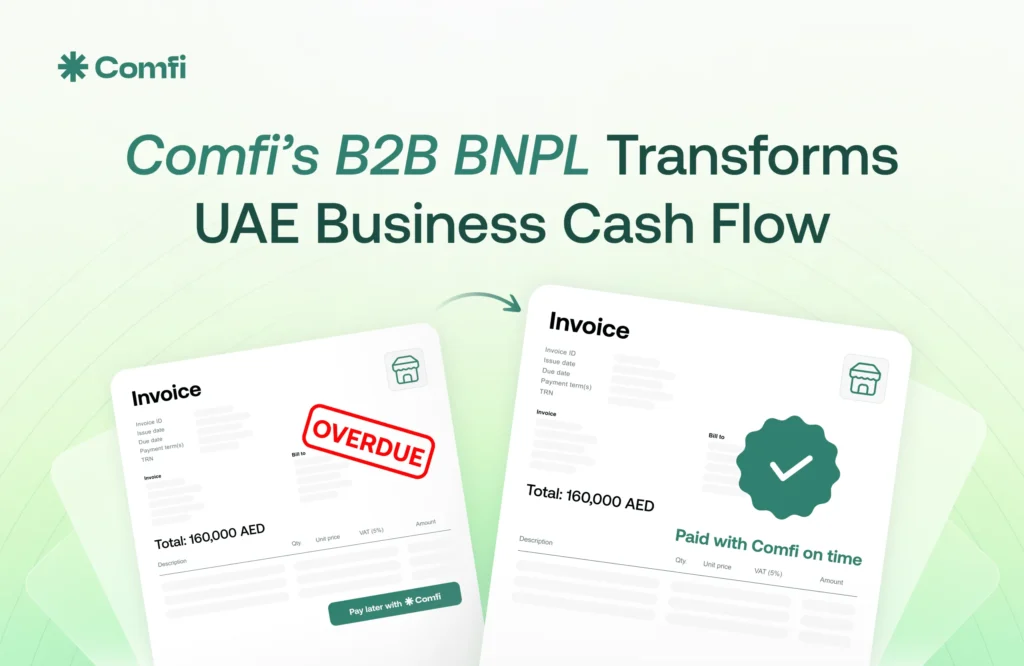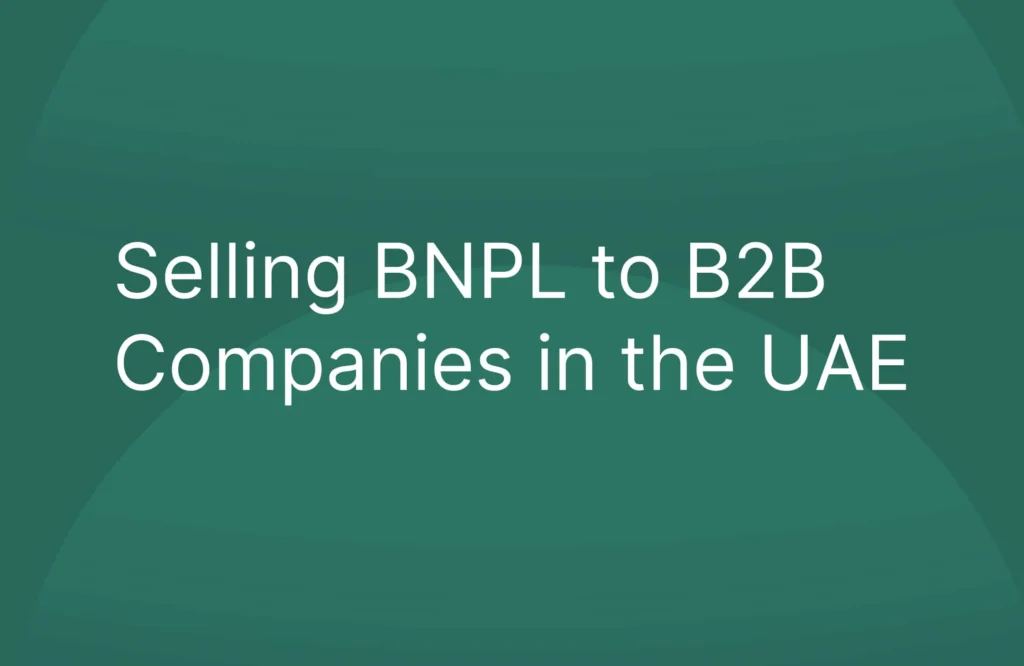In business-to-business (B2B) commerce, payment methods play a crucial role in facilitating smooth transactions, maintaining healthy cash flows, and fostering strong business relationships. As technology advances and global trade expands, B2B payment methods are undergoing significant transformations. This article goes deep into the various B2B payment methods available today, their advantages and challenges, and the emerging trends shaping the future of business transactions.
Traditional B2B Payment Methods
Checks
Despite the digital revolution, checks remain a common B2B payment method in many parts of the world, particularly for larger transactions.
Pros:
- Familiar and widely accepted
- Provide a paper trail for accounting purposes
- Can be postdated for cash flow management
Cons:
- Slow processing times
- Risk of fraud or loss in transit
- Manual processing can be time-consuming and error-prone
Wire Transfers
Wire transfers involve the electronic transfer of funds from one bank account to another.
Pros:
- Fast and secure for domestic and international transactions
- Suitable for large payments
- Widely accepted globally
Cons:
- Can be expensive, especially for international transfers
- Requires accurate bank information to avoid errors
- May have processing delays for international transfers
Comfi’s B2B payment platform provides embedded finance solutions, allowing wholesalers and manufacturers to provide up to 90 days of credit to their B2B clients while receiving immediate payment.
Comfi’s solutions are designed for UAE-based businesses, enabling them to purchase from various suppliers with deferred payment terms, effectively bridging cash flow gaps.
Comfi works with suppliers in diverse industries, including but not limited to F&B, pharmaceuticals, medical supplies, spare parts, and chemicals. Some notable customers include KMTE Group, United Foods, Medikabazaar, and 64 Sec. We are Shariah-compliant and work in partnership with a local partner bank (FAB) to facilitate approvals and payments.
Check out at comfi.ai
ACH (Automated Clearing House) Payments
ACH payments are electronic transfers between banks within the same country, popular in the United States.
Pros:
- Cost-effective for domestic transfers
- Can be automated for recurring payments
- Faster than checks but typically slower than wire transfers
Cons:
- Limited to domestic transactions in most cases
- May have transaction limits
- Can take several days to process
Modern Digital B2B Payment Methods
Credit Cards
While traditionally associated with consumer purchases, credit cards are increasingly used in B2B transactions.
Pros:
- Convenient and widely accepted
- Offer rewards and cashback for businesses
- Provide a grace period before payment is due
Cons:
- High processing fees for merchants
- May have lower limits compared to other B2B payment methods
- Some suppliers may not accept credit cards for large transactions
Virtual Cards
Virtual cards are unique credit card numbers generated for single or limited use.
Pros:
- Enhanced security due to limited use
- Easier reconciliation with specific purchases
- Can set spending limits and expiration dates
Cons:
- May not be accepted by all suppliers
- Requires integration with existing accounting systems
- Can have higher fees compared to traditional credit cards
Digital Wallets
Digital wallets store payment information securely and facilitate quick online transactions.
Pros:
- Fast and convenient for online payments
- Enhanced security through tokenization
- Can store multiple payment methods
Cons:
- Not all B2B suppliers accept digital wallet payments
- May have transaction limits
- Requires both parties to have compatible systems
Blockchain-based Payments
Cryptocurrencies and blockchain technology are emerging as alternative B2B payment methods.
Pros:
- Fast and low-cost international transfers
- Increased transparency and traceability
- Potential for smart contracts to automate payments
Cons:
- Regulatory uncertainty in many jurisdictions
- Volatility of cryptocurrency values
- Limited acceptance among traditional businesses
Emerging B2B Payment Trends
Real-Time Payments (RTP)
RTP systems allow for near-instantaneous transfer and settlement of funds.
Benefits:
- Improved cash flow management
- Enhanced transparency and certainty of payment
- Supports 24/7 operations
Challenges:
- Requires modernization of banking infrastructure
- May have transaction limits
- Adoption rates vary by region
Application Programming Interfaces (APIs)
APIs enable seamless integration of payment systems with other business software.
Benefits:
- Streamlined payment processes
- Real-time data exchange
- Enhanced automation capabilities
Challenges:
- Requires technical expertise to implement
- Security concerns around data sharing
- Standardization issues across different systems
Read also: Trade Finance Officer in the UAE
Artificial Intelligence (AI) and Machine Learning (ML)
AI and ML are being applied to B2B payments for fraud detection, process automation, and predictive analytics.
Benefits:
- Enhanced fraud prevention
- Improved efficiency in payment processing
- Better insights for cash flow forecasting
Challenges:
- High initial implementation costs
- Requires large datasets for accurate predictions
- Potential for bias in AI algorithms
Buy Now, Pay Later (BNPL) for B2B
BNPL solutions, popular in consumer markets, are now entering the B2B space.
Benefits:
- Improved cash flow for buyers
- Potential for increased sales for suppliers
- Flexible payment terms
Challenges:
- Credit risk assessment for businesses
- Regulatory considerations
- Integration with existing accounting systems
Leading UAE B2B Payment Provider: comfi.ai
Comfi makes business buying and selling easier in UAE:
For sellers:
- Get paid fast
- Buyers can pay Comfi in 90 days
For buyers:
- Buy from many sellers
- Pay Comfi later
Comfi works with various industries like food, medicine, and chemicals.
Comfi follows Islamic finance rules and partners with FAB bank.
UAE businesses can learn more at comfi.ai
Factors Influencing B2B Payment Method Selection
Transaction Size and Frequency
Large, infrequent payments may warrant different methods than small, recurring transactions.
Domestic vs. International Payments
Cross-border transactions often involve additional considerations like currency exchange and compliance.
Industry Norms
Certain industries may have established preferences for specific payment methods.
Cash Flow Management
The timing of payments can significantly impact a business’s financial health.
Security and Fraud Prevention
Different payment methods offer varying levels of security and fraud protection.
Integration with Existing Systems
The ability to seamlessly integrate with accounting and ERP systems is crucial for efficiency.
Best Practices for B2B Payment Management
Diversify Payment Options
Offering multiple payment methods can accommodate different customer preferences and needs.
Automate Where Possible
Automation can reduce errors, save time, and improve overall efficiency in payment processing.
Prioritize Security
Implement robust security measures to protect sensitive financial information and prevent fraud.
Stay Informed About New Technologies
Keeping abreast of emerging payment technologies can help businesses stay competitive.
Negotiate Favorable Terms
Work with financial institutions and payment providers to secure the best rates and terms.
Regular Review and Optimization
Periodically assess payment processes and methods to ensure they meet current business needs.
Conclusion
The landscape of B2B payment methods is diverse and rapidly evolving. From traditional methods like checks and wire transfers to emerging technologies like blockchain and AI-powered systems, businesses have a wide array of options to choose from. The key to successful B2B payment management lies in understanding the pros and cons of each method, staying informed about new developments, and selecting the right mix of payment options that align with business needs and goals.
As digital transformation continues to reshape the business world, we can expect further innovations in B2B payments. Real-time payments, increased automation, and enhanced security measures are likely to become standard features. Businesses that adapt to these changes and leverage new payment technologies will be better positioned to optimize their cash flow, reduce costs, and gain a competitive edge in the global marketplace.
Ultimately, the future of B2B payments is about more than just moving money – it’s about creating seamless, efficient, and secure financial ecosystems that support business growth and foster stronger business relationships in an increasingly interconnected world.
FAQs
What are traditional B2B payment methods?
Traditional B2B payment methods include checks, wire transfers, and ACH payments, which are widely accepted but may involve slower processing times and higher costs.
How are modern digital payment methods transforming B2B transactions?
Modern digital payment methods like credit cards, virtual cards, digital wallets, and blockchain-based payments offer faster, more secure, and more convenient transaction processes.
What are the emerging trends in B2B payments?
Emerging trends include real-time payments, APIs for seamless integration, AI and ML for enhanced fraud detection and automation, and BNPL solutions for flexible payment terms.
What factors should businesses consider when selecting B2B payment methods?
Businesses should consider transaction size and frequency, domestic vs. international payments, industry norms, cash flow management, security and fraud prevention, and integration with existing systems.
What are the best practices for managing B2B payments?
Best practices include diversifying payment options, automating processes, prioritizing security, staying informed about new technologies, negotiating favorable terms, and regularly reviewing and optimizing payment methods.


